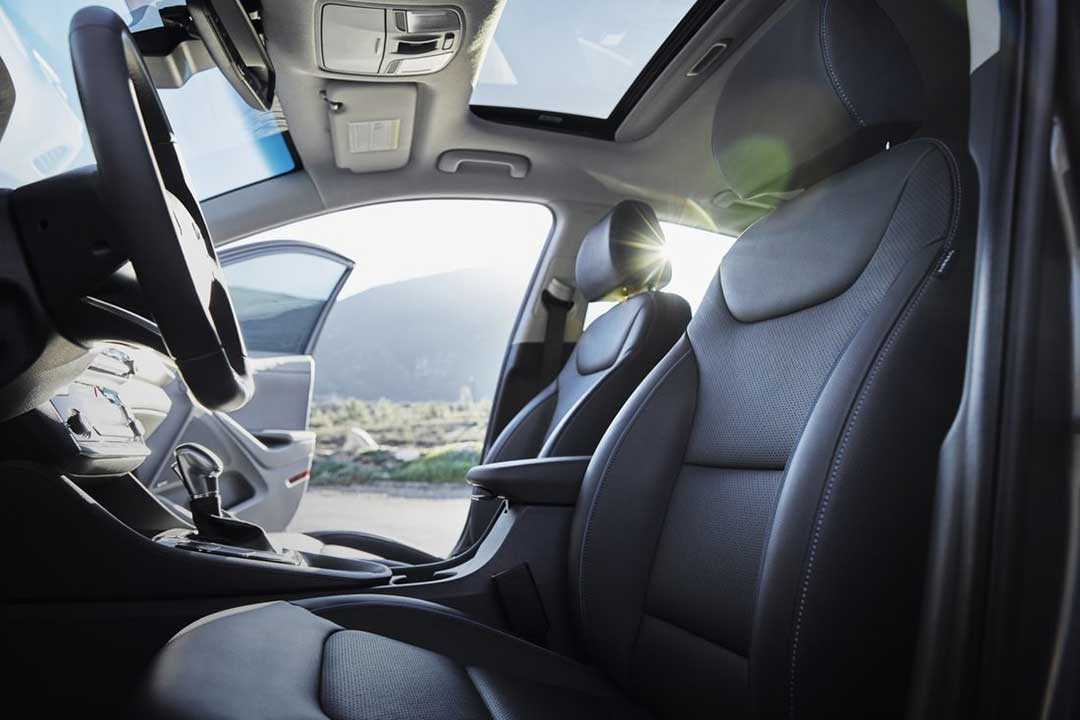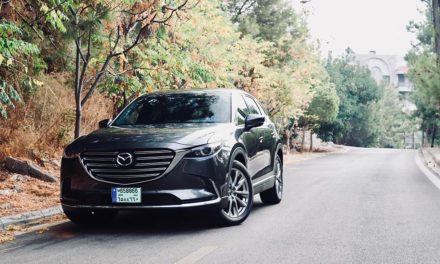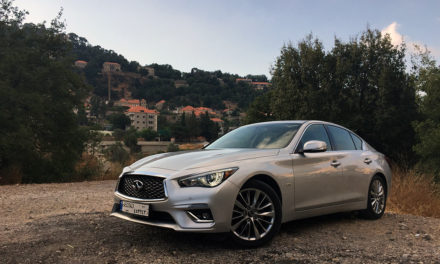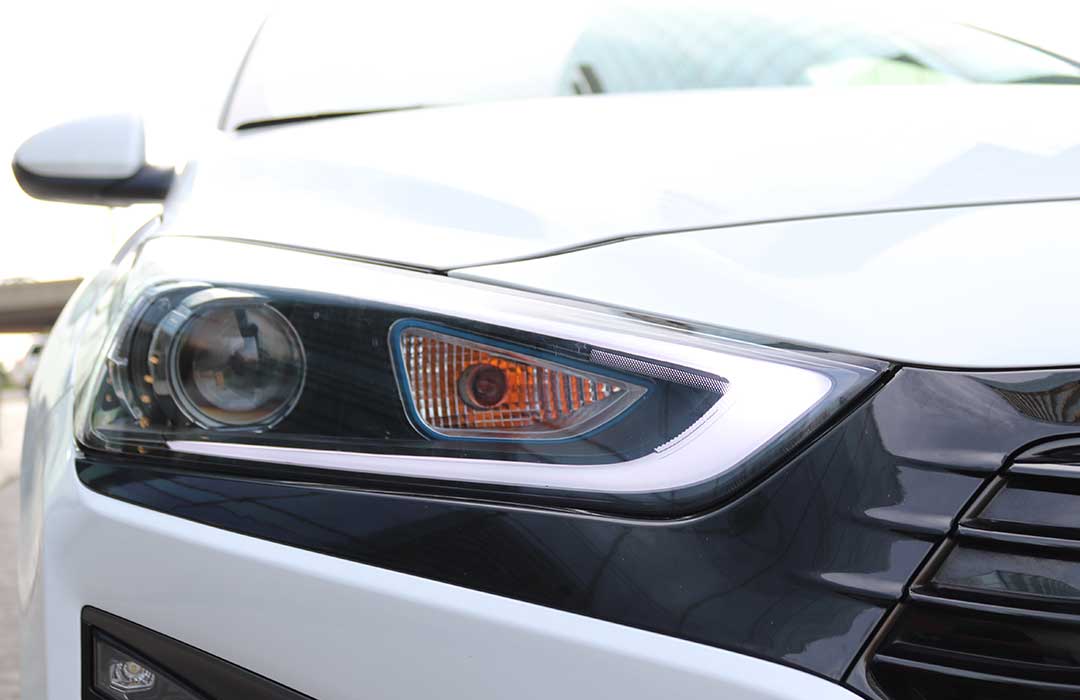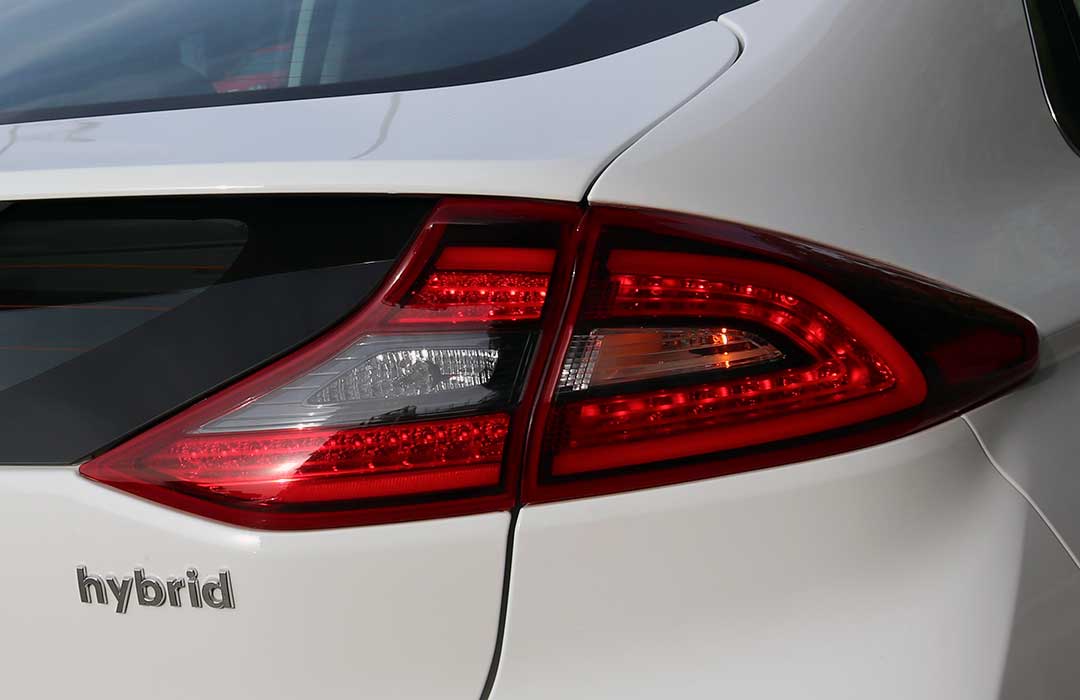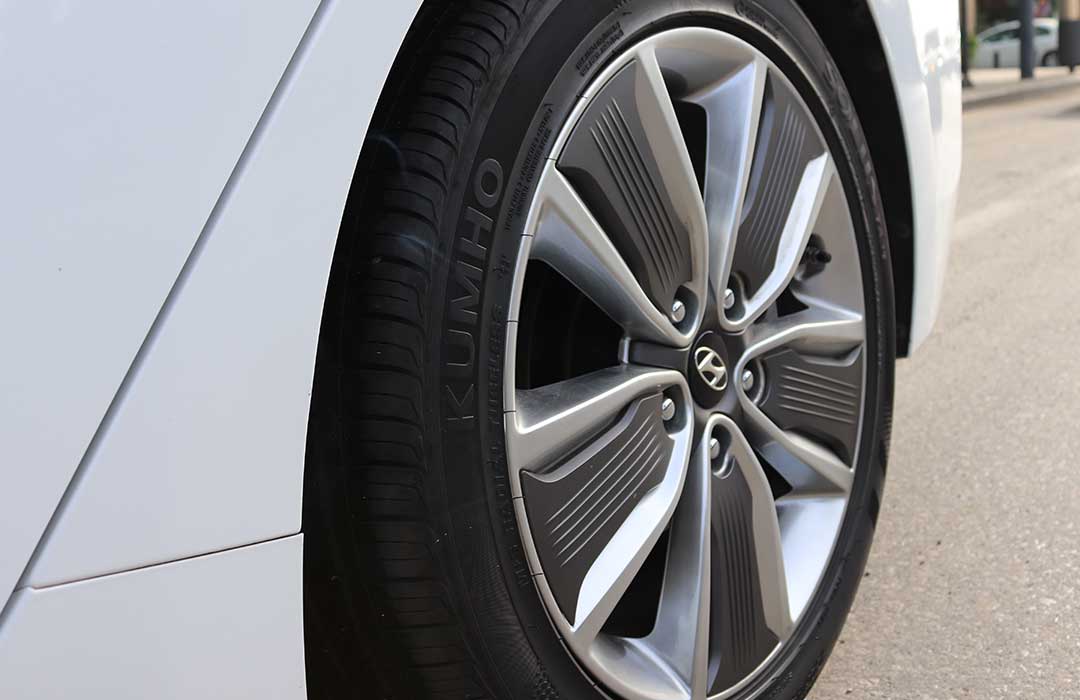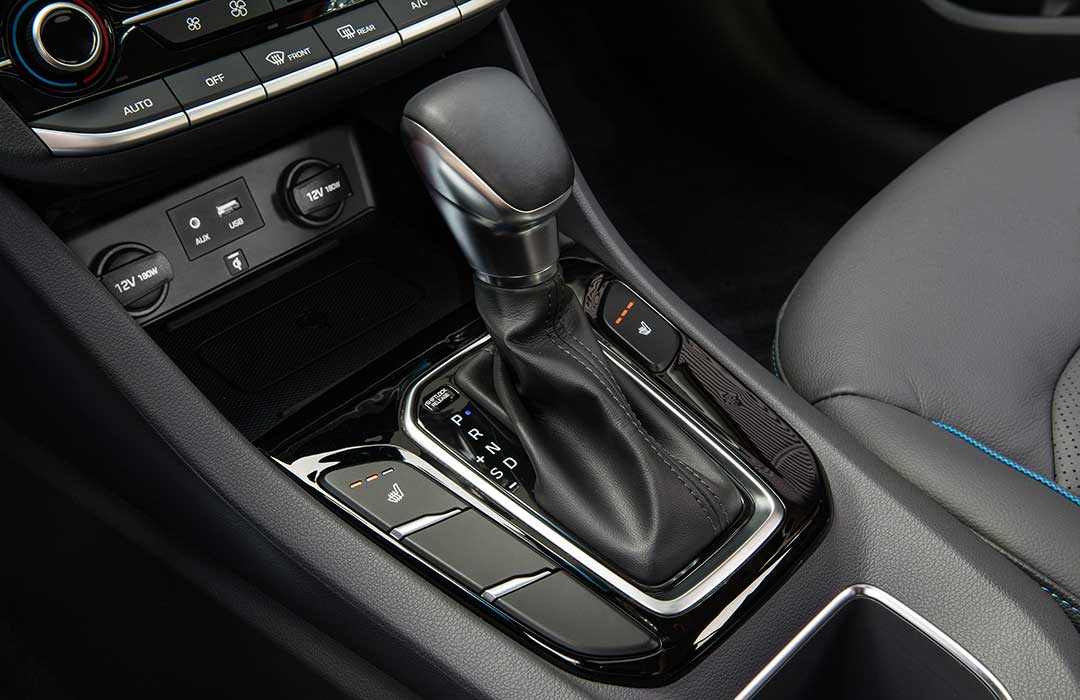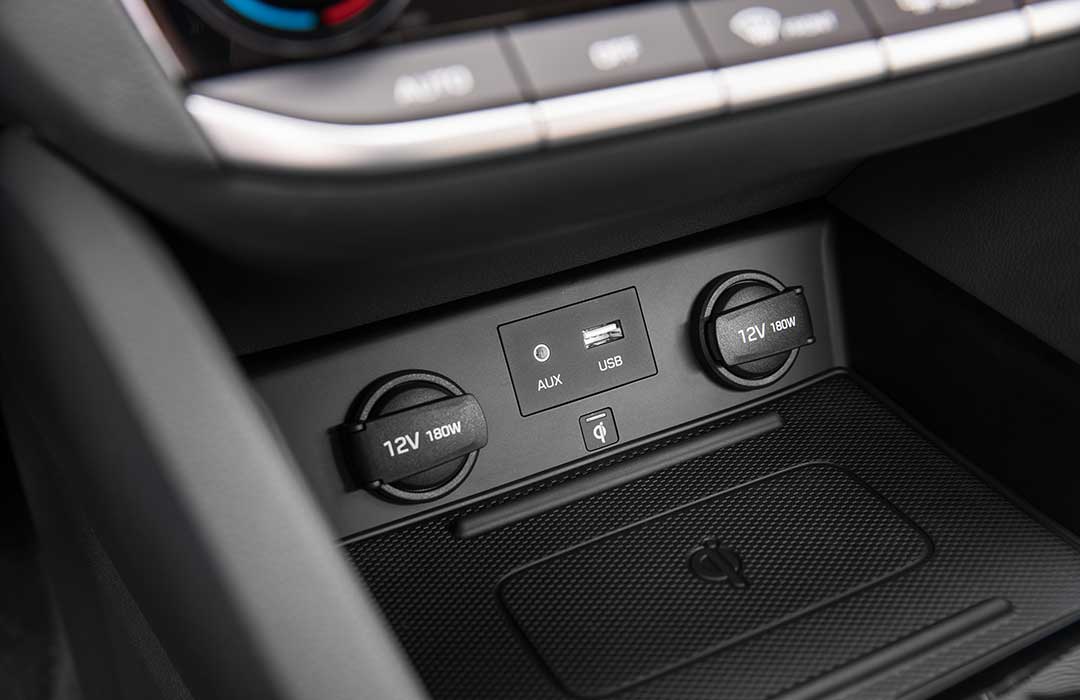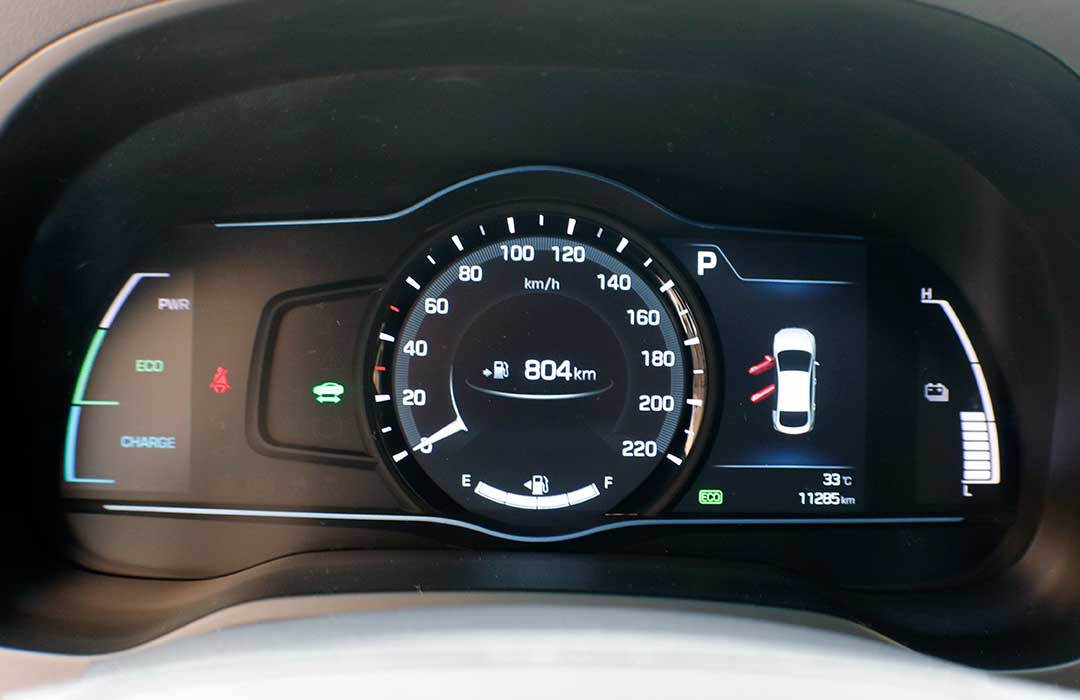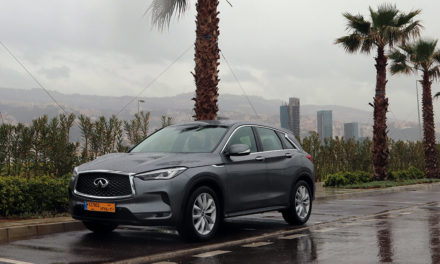Hyundai Reimagines Hybrids With The Brilliant Ioniq
H
ere’s a fact about human nature: It’s very hard to revise our convictions, especially after the years have proven us right time and time again. Eventually we get to a point where we’re so convinced of what we believe that we refuse to accept that things have changed even if they’re staring us in the face.
For example, there was a time when we accepted that we had nine planets in the solar system. Diamonds were also believed to be the hardest substance known to man. Anyone who said otherwise about either of these “facts” was considered daft. And yet here we are today, forced to recognize that what was once fact is now obsolete.
I’m one of those people who subscribed to a few such “archaic” convictions, for instance gripping tight to my belief that unless a car was powered exclusively by a gasoline engine, it was just a passing fad and would become a footnote in the annals of history. After all, who wants to drive a shapeless box with a top speed of 20 kilometers an hour?
Boy was I proven wrong. My education started big, even over the top, with cars such as the Ferrari LaFerrari, the Porsche 918 Spyder and the McLaren P1 completely demolishing any argument I had about hybrid vehicles. I didn’t even have a fighting chance. KO in round one.
But then I thought, OK, these are cars that are way beyond most people’s means – if you can afford them, I hate you! – and I shouldn’t be swayed by these blistering beasts because carmakers can’t possibly produce a realistically priced hybrid car that can appeal to the masses.
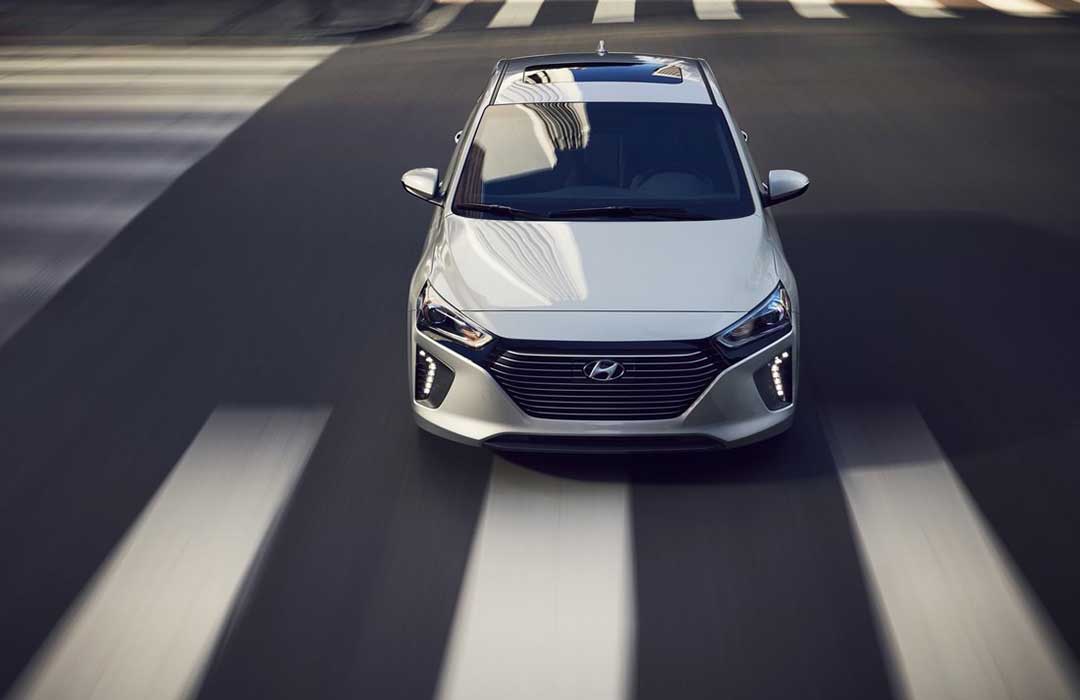
The Ioniq has a distinct character as well as a smart, contemporary
and lighthearted demeanor.
“What I had trouble with was reconciling its fresh and lean outlook on fuel consumption with its, well, fresh and lean looks”
Keep in mind that I still had my blinkers on and was refusing to acknowledge the existence of cars like the Toyota Prius, which has been around a long time and repeatedly proven itself more than capable.
Still, in my defense, I never liked how the Prius looked so I stuck to that position. It was as much about the droll styling as it was the absence of a personality. Sorry Toyota, I love you and I know you’re going places, but the old Prius wasn’t dressed for the party and I’m still not sure the new one is either.
In my mind I had the semblance of a victory; I could still tell myself that I had been right all along, and that hybrids were still lame unless you had a million dollars to drop on a hypercar.
That delusion lasted only until I found myself test-driving a hybrid version of the Hyundai Ioniq. It was surreal, because on the one hand, looking at the data in the instrument cluster, I could see it had a range of well over 800 kilometers on a full tank of gas. But on the other hand, looking at the car’s styling, it looked exactly like a McLaren P1.
No, not really. I made that up. The Ioniq was slightly taller. It also had four doors, seating for five people and excellent cargo space with plenty of ground clearance. It also didn’t have a ridiculous engine that would terrify even seasoned drivers. In fact, the Ioniq’s six-speed dual-clutch automatic transmission was mated to a 1.5-liter combustion engine that produced 105 horsepower, alongside a second, electric motor that added another 43.5 ponies.
In case you’re trying to add them up, let me help, that’s just shy of 149 horsepower, slightly more than the 144 ponies produced by a 1985 U.S. version Porsche 944 that I used to own.
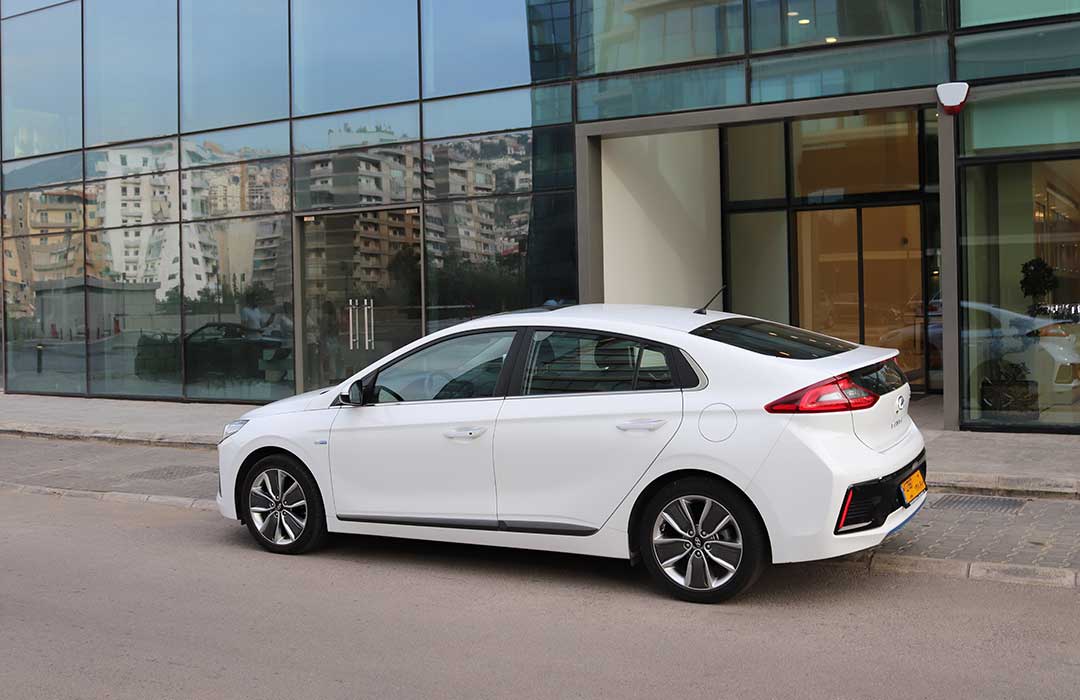
There I go off on a tangent. Let’s get back to the styling, and the fact that from just about every angle the Ioniq looks cohesive and integrated. Naturally, it doesn’t look like a hypercar, and it’s not supposed to. But it does look fluid, and every styling touch has been devised to make the car illustrate its eco-conscious and thrifty character.
What I had trouble with was reconciling its fresh and lean outlook on consumption with its, well, fresh and lean looks – please excuse the puns. I just never expected to see the two things on the same car.
As I said, the Ioniq doesn’t look like a sports car, it doesn’t even look like a sports sedan. In fact, as you would expect, its silhouette is very much geared to reduce its drag coefficient. That might not leave much room for muscular styling, but Hyundai has embraced that fact, cleverly produced cohesive sheet metal and, just as importantly, styled every exterior component, whether the grille, front splitter, headlights, tail lamps, mirrors or rims, to integrate perfectly with the rest of the car’s design.
The result is a car that has a distinct character, with a smart, fresh, contemporary and lighthearted demeanor that carries over into the cabin. If you’ve driven any late model Hyundais the interior will feel familiar, the major difference being the metallic blue accents in the cabin that match the blue flourishes on the car’s exterior.
Moreover, the Ioniq comes standard with a nice roster of equipment including full automatic air conditioning, climate control, smart key and push-button start, Sports and Eco driving modes, rear-view camera with Dynamic Guidelines, a 4.2 inch LCD supervision cluster, a 5-inch LCD touch screen infotainment display, with CD player as well as auxiliary and USB ports, Bluetooth connectivity, multi-function leather-wrapped steering wheel, electric, heated and foldable exterior mirrors, anti-glare inside mirror, active air flap in a gloss black radiator grille and LED mirror side repeaters, in addition to a ton of other goodies.
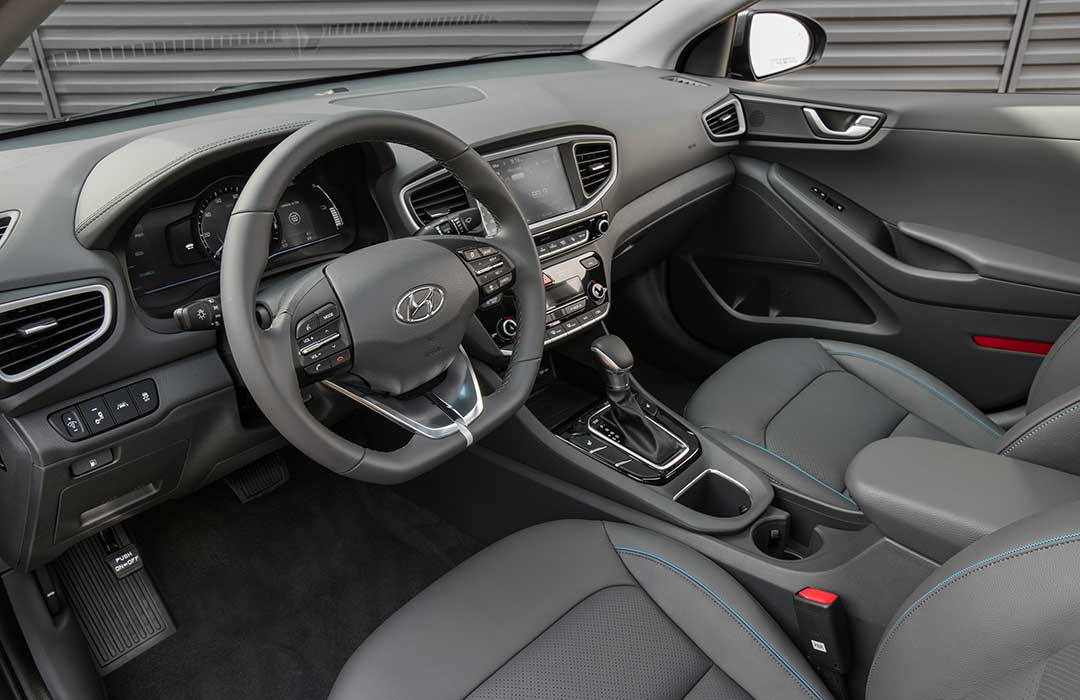
Safety equipment include an anti-lock braking system, Electronic Stability Control, Hill Start Assist, dual front, side, curtain and knee air bags, Speed Auto Sensing central lock and Rear Parking Assist. And believe it or not this is the $30,700 basic, or Luxury, model. That’s the on-the-road price. Yeah.
For another $4,300 you can level up to Luxury Plus, and Hyundai throws in Blind Spot Detection, Front and Rear Parking Assist, a 7-inch supervision cluster, a power sunroof, leather seats, six-way power adjustable driver’s seat with memory, rear heated seats, a wireless phone charger (yay!), 17-inch alloys, a tire pressure monitoring system, Bi-Function Xenon Projection headlamps, LED rear combination lights as well as a host of other amenities.
It looks attractive, comes loaded with everything you can ask for, and has more ponies than my old Porsche. Ok that last bit is misleading because pretty much everything on the road today has more ponies than my old Porsche, but you get my point, because it really does feel nimble.
It also handles delightfully. In fact, you can’t tell at all that it’s anything but a regular compact. It drives and handles like a normal car, it’s fun, easygoing and, like all modern Hyundais, built well.
Most importantly, this car happens to be one of the most fuel-efficient cars you can buy today, with estimated fuel consumption of 4.12 liters per 100 kilometers in the city and 3.98 liters on the highway.
Sure, I would still prefer a 918, LaFerrari or P1 – but so would the owners of Hyundai Corporation, probably – but honestly, I thoroughly enjoyed driving this car, not least for the fact that it still displayed more than 800 kilometers of remaining range after I drove it for three days. With the money you save on fuel you might just be able to afford that McLaren. Am I kidding? Am I?
